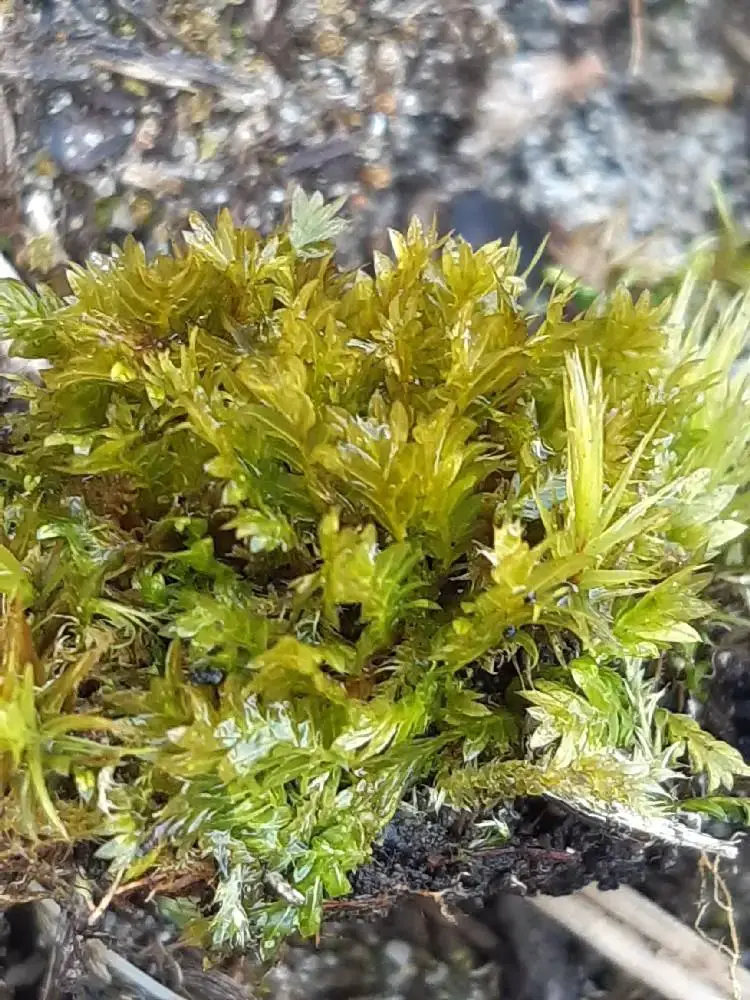
39470750930_93d37d1659_b.jpg from: https://www.flickr.com/photos/126598284@N05/39470750930/
Introduction

34024614.jpg from: https://waarneming.nl/waarneming/view/209456782?_popup=1
In the vast and captivating world of bryophytes, the Fissidens adianthoides Hedw. moss stands out as a true marvel. Belonging to the Fissidentaceae family, this unassuming yet remarkable plant has captured the hearts of moss enthusiasts worldwide. Let’s embark on a journey to unravel the secrets of this fascinating species, commonly known as Fissidens.
Background
Before we delve into the intricacies of Fissidens adianthoides Hedw.

splittooh_2484x1863.jpg from: https://frogdaddy.net/products/copy-of-tree-moss-climacium-americanum
, it’s essential to understand its place within the Bryophyta division, also known as the bryophytes. These non-vascular plants, which include mosses, liverworts, and hornworts, have played a crucial role in the evolution of plant life on our planet. Despite their diminutive stature, they possess an incredible resilience and adaptability that have allowed them to thrive in diverse environments.
Main Content
Morphology and Identification
Fissidens adianthoides Hedw. is a small, acrocarpous moss that forms dense, velvety mats or tufts. Its leaves are arranged in two distinct rows, giving it a distinctive feather-like appearance. These leaves are typically lanceolate in shape, with a characteristic apical region that sets them apart from other moss species. The Fissidens genus is known for its unique leaf structure, where the upper portion of the leaf is different from the lower portion, a trait that has earned it the nickname “pocket moss.”
Global Distribution and Habitat
This remarkable moss species can be found across various regions of the world, from temperate to tropical climates. It thrives in moist, shaded environments, often growing on soil, rocks, tree trunks, and even in urban areas. Fissidens adianthoides Hedw. is particularly fond of areas with high humidity, such as stream banks, ravines, and forested areas.
Ecological Roles and Adaptations
Despite its unassuming appearance, Fissidens adianthoides Hedw. plays a vital role in its ecosystem. These mosses act as pioneers, colonizing bare surfaces and paving the way for other plant species to establish themselves. They also contribute to soil formation and moisture retention, creating favorable conditions for other organisms to thrive.
One of the remarkable adaptations of Fissidens is its ability to survive periods of desiccation. When conditions become dry, the moss can enter a state of dormancy, only to revive and resume growth once moisture returns. This resilience has allowed it to colonize a wide range of habitats, from arid regions to urban environments.
Case Studies/Examples
In a recent study conducted in a temperate forest, researchers discovered that Fissidens adianthoides Hedw. played a crucial role in maintaining soil moisture and preventing erosion on steep slopes. The dense mats formed by this moss acted as a sponge, absorbing and retaining water, while its intricate root system helped stabilize the soil.
Another fascinating example comes from urban areas, where Fissidens has been observed growing on concrete surfaces, such as walls and pavements. This ability to thrive in human-made environments highlights the adaptability and resilience of this remarkable moss species.
Technical Table
| Characteristic | Description |
|---|---|
| Phylum | Bryophyta |
| Class | Bryopsida |
| Order | Fissidentales |
| Family | Fissidentaceae |
| Genus | Fissidens |
| Species | adianthoides Hedw. |
| Growth Form | Acrocarpous, forming dense mats or tufts |
| Leaf Arrangement | Distichous (two rows) |
| Leaf Shape | Lanceolate, with a distinct apical region |
| Habitat | Moist, shaded environments, soil, rocks, tree trunks, urban areas |
| Distribution | Widespread across temperate and tropical regions |
Conclusion
The Fissidens adianthoides Hedw. moss, a member of the Fissidentaceae family, is a true testament to the resilience and adaptability of bryophytes. From its unique morphology to its vital ecological roles, this unassuming plant has captured the imagination of moss enthusiasts worldwide. As we continue to explore and appreciate the wonders of the natural world, let us ponder this thought-provoking question: What other secrets might this remarkable moss species hold, waiting to be uncovered by the curious minds of future generations?